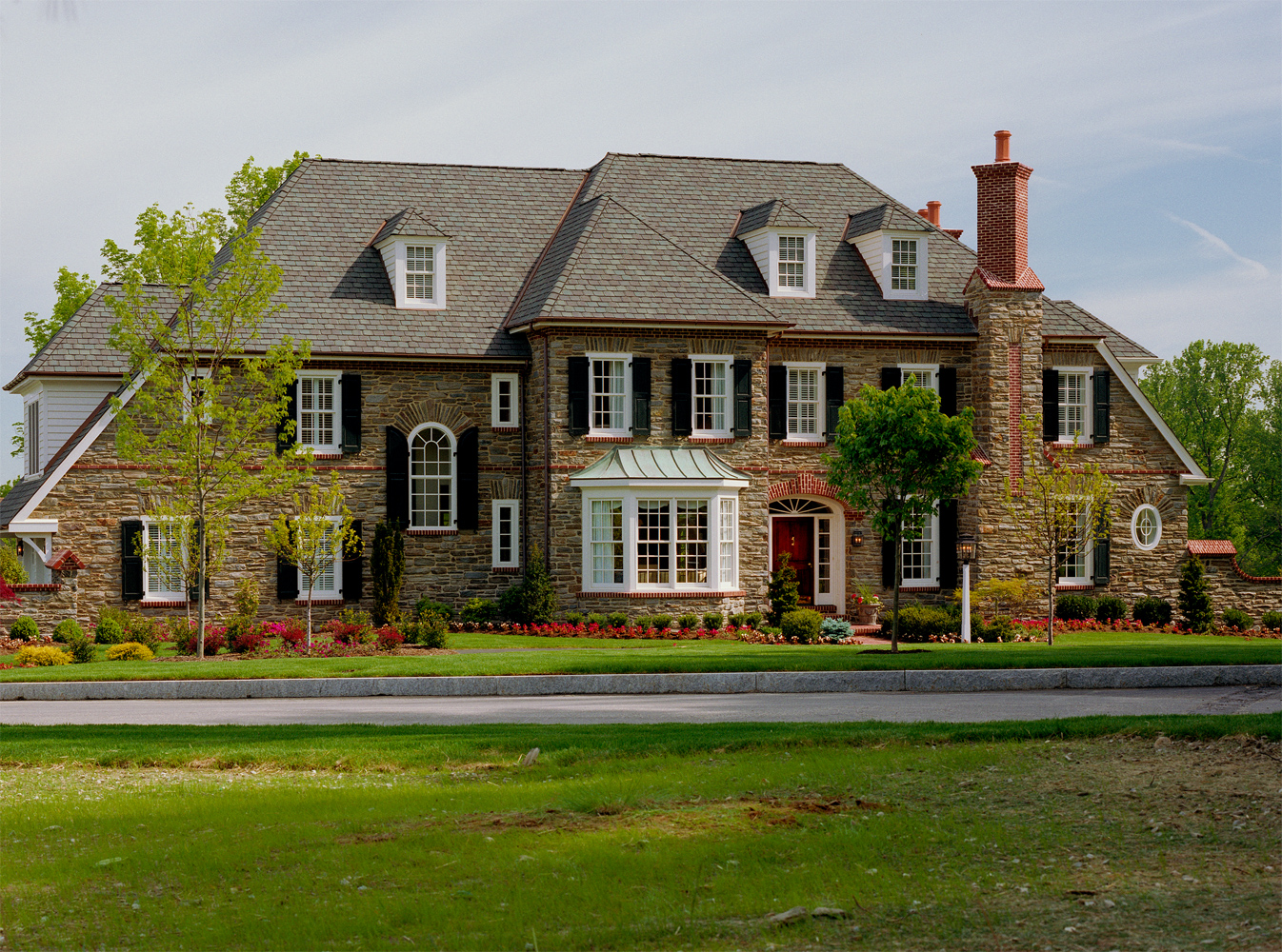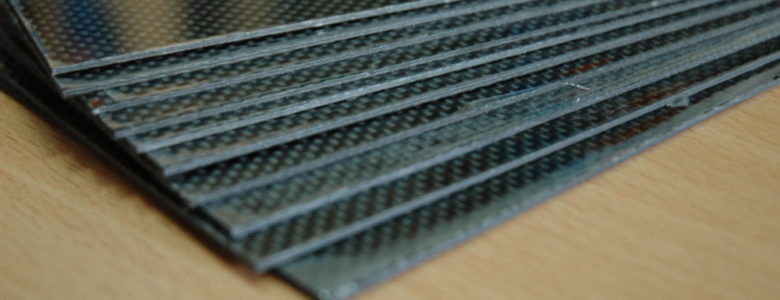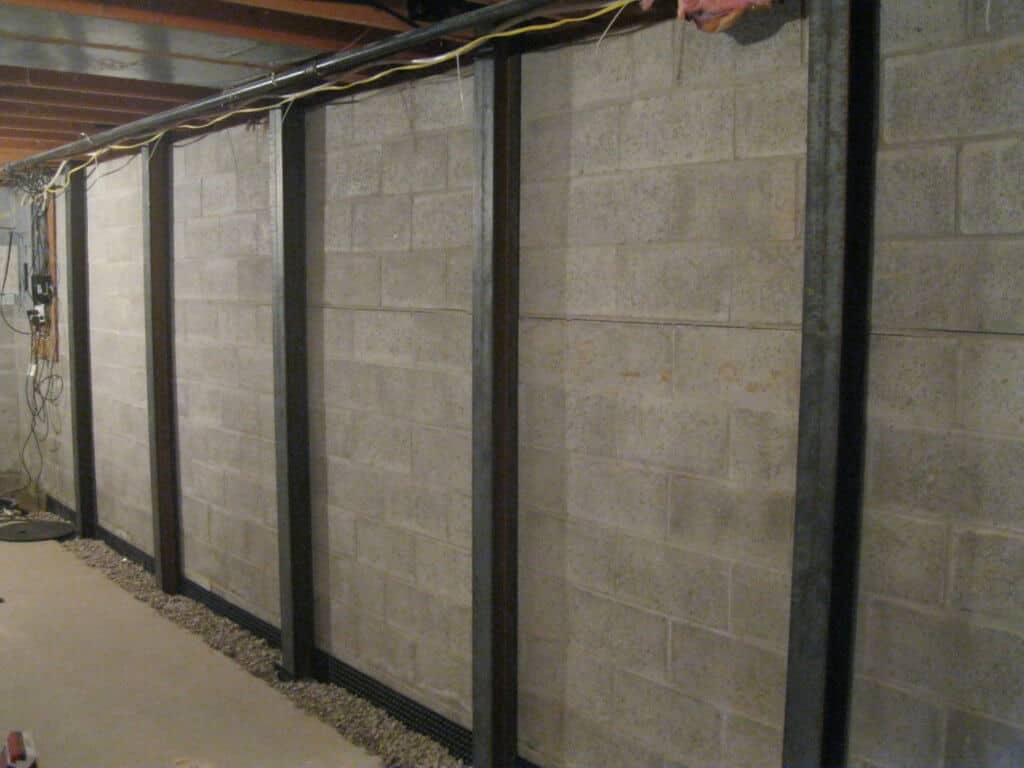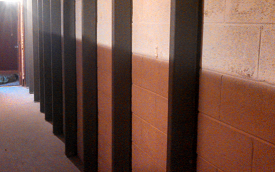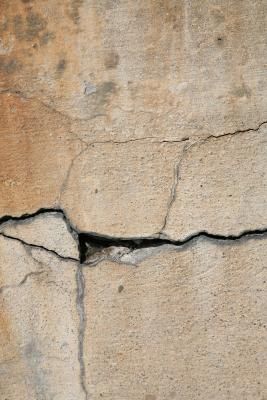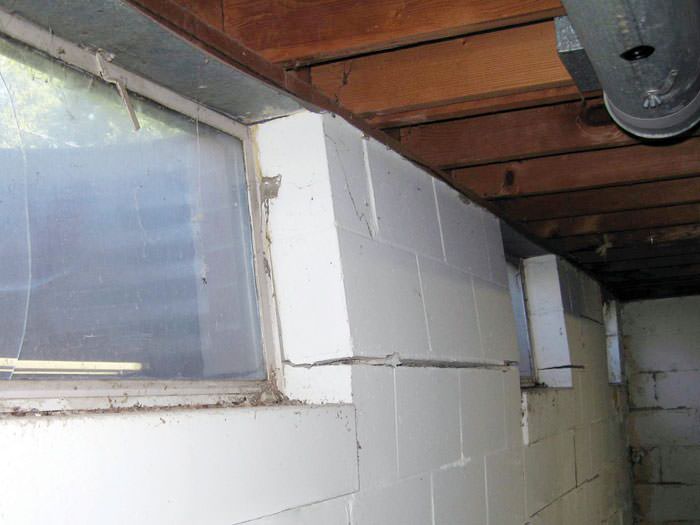Foundation walls whether constructed from brick, masonry block or poured concrete are built to withstand a lot of pressure. However, just like with anything else man-made, they have a limit to the abuse they can take.
Foundation walls are designed to withstand vertical pressure from the buildings placed above them. They can withstand a horizontal pressure to a certain degree. Soil pressure works horizontally against the external surface of the foundation wall. When the soil pressure exceeds the limits of resistance of the foundation wall, the wall can be severely damaged.
Pressure from the surrounding soil causes horizontal movement of the foundation walls. The movement is manifested as cracking walls. The cracks can lead to water seepage as well as above grade damage if not attended to.
Repairing Cracking Walls
Often times, cracking is a sign of a much deeper problem. Although many DIY kits are now available in the market to help repair cracks, foundation experts advise against using these kits. This is because the kits do not address the underlying cause of the cracks.
The method used to repair a cracked foundation will depend on the amount of movement the wall has experienced. Repair for minimal movement often involves the use of a restraint system such as steel braces or carbon fiber strips. Significant movement calls for the straightening of the wall.

When wall straightening is called for
Foundation experts will examine your walls to determine whether straightening is required. The signs they look for will depend on the type of foundation wall you have.
- Concrete block and brick foundations
These walls may require straightening much sooner than poured concrete walls. This is because they are built from pieces that are joined together. This presents several points of weakness. Cracks on these walls appear stair-like. Foundation experts will opt to straighten these walls if they move more than 1 inch laterally or 2 and a half inches inward.
- Poured concrete foundations
These foundations are much stronger than most. However, they can still be damaged by lateral pressure from the soil. Foundation experts often opt to straighten these walls when they have moved inward more than 30% of the thickness of the wall e.g. a 10-inch thick wall would be considered for straightening if it had moved 3 inches inward.
If you notice cracking on your foundation wall, get in touch with a professional foundation repair contractor. This will ensure that you’re provided with a lasting solution.

StablWall is an innovative solution designed to reinforce walls and structures, making them incredibly strong and durable. It is crafted using cutting-edge technology, combining carbon fiber sheets with specially engineered bonding adhesives. When applied to a wall or structure, these materials undergo an intense chemical reaction, transforming them into a unified and solid entity. The result is astounding – a finished product that boasts a strength ten times greater than steel!
One of the standout features of the StablWall system is its adaptability. No matter the architectural challenge, StablWall rises to the occasion with ease. Its versatility allows for various application methods, ensuring a seamless fit for any project. Whether it’s horizontal reinforcement, vertical support, stair-step stability, or a corner wrap, StablWall can handle it all with the utmost efficiency and effectiveness.

